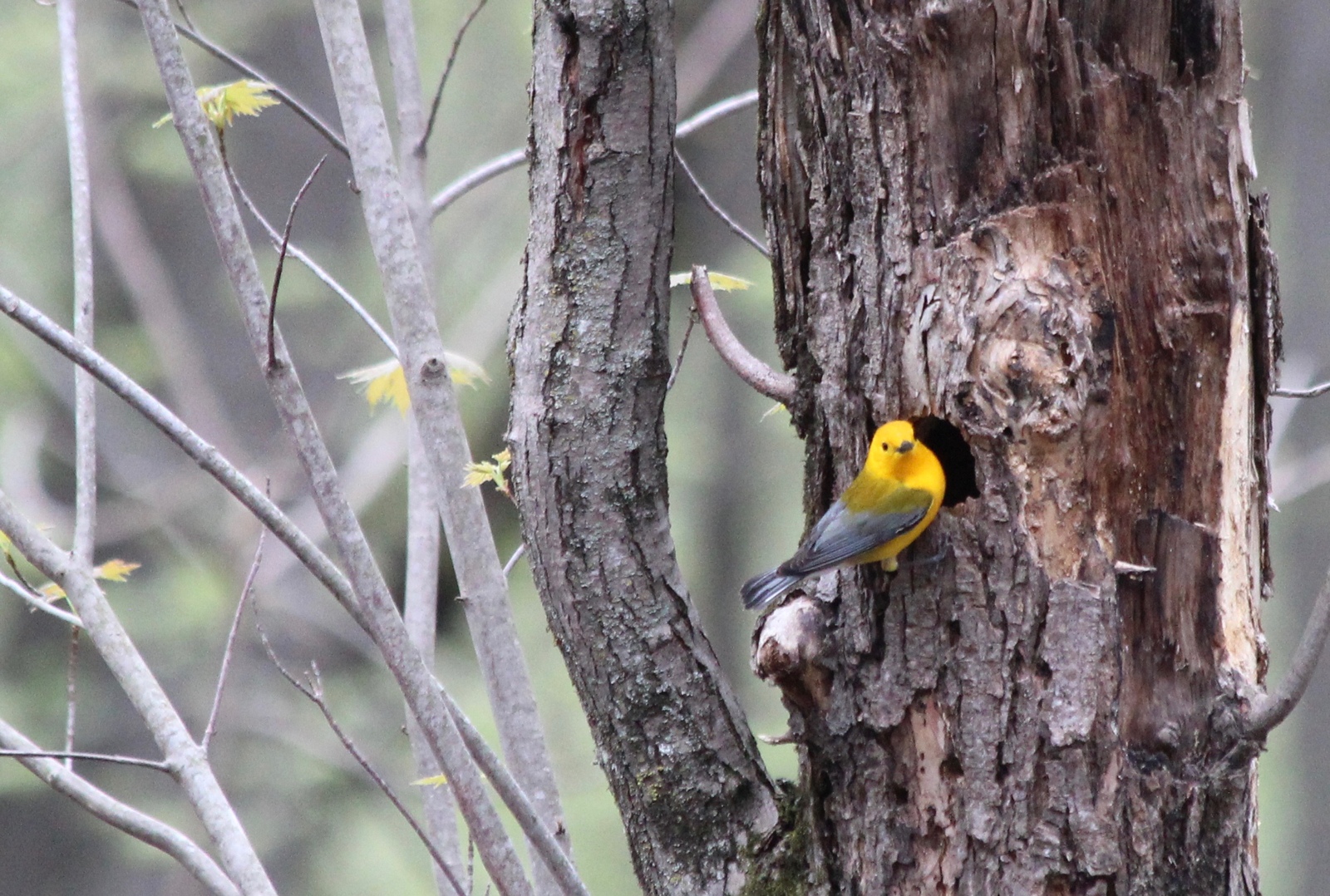Editor’s note: More than 7,700 square miles of land and water in Minnesota and Wisconsin drain toward the St. Croix River. Back in 2022, St. Croix 360 published a series of six maps showing different information that illustrates unique attributes of this region. We’re going to do that again.

I recently hiked through a stand of big white pines, sentinels whose lives have spanned centuries. Some tower more than 120 feet above the ground, among the tallest trees in the state. Their trunks are columns that connect the Earth and the sky.
These pines are said to have been seedlings around the same time as the American Revolution, when this land was populated only by the Dakota, Ojibwe, and other Native people, and perhaps a few French fur traders. The trees survived the intervening centuries of logging somehow. Now, they and the United States are nearing their 250th birthdays. Some of the stand was acquired and permanently protected by the state in 1992.
The pines cover about 80 undulating acres, the understory open below the vast crowns overhead. It was a windy day when I was there and the sound of the gusts blowing through the tree tops sang like a church choir that has been rehearsing since the time of Beethoven.
Ancient forests
Note: These trees are in the St. Croix River watershed, but St. Croix 360 is not identifying exact location because 1) it’s sensitive to visitation; 2) online publishing makes it easy for information to spread; and 3) social media has unfortunately become a harmful force for many photogenic places.
Big, old white pines covered large parts of the St. Croix River region before industrialized logging began in 1838. According to government surveyors, there were roughly 1,600 square miles of white pine forest in the watershed. Many of the trees were more than two feet in diameter — a surveyor recorded one white pine trunk near Shell Lake, Wis. that was six feet across.
A Shell Lake historian in 1973 wrote about Ching-gwa-ga-mik, an Ojibwe elder who had lived on Little Clam Lake, near Siren, Wis. The report was based on interviews with members of the St. Croix and Lac Courte Oreilles Ojibwe communities.
“The land where Ching-gwa-ga-mik was bringing up his family was land of white pine so thick that one could walk for miles on the needled ground without seeing the sun,” wrote Lolita Taylor in Ojibwa, the Wild Rice People.
Countless cuts

Commercial lumbering began in Marine on St. Croix in August 1839, slowly grew over the next two decades, and then, after the Civil War, expanded at a furious pace through the 1870s and 1880s. All told, more than 15 billion board feet of lumber were taken out of the St. Croix River basin.
“The pineries of this region are inexhaustible and already the lumber sent into market from them yields a handsome annual revenue,” the editor of the Stillwater newspaper the Saint Croix Union wrote in 1854.
The supply seemed inexhaustible, but of course it was not. The last trees to be floated down to Stillwater were cut in the winter of 1912-1913. Within a 75-year span, almost every white pine in the watershed was cut, floated down a nearby river, and sawed up at Stillwater.
Saw survivors

A few trees were spared the saw. They are stalwart specimens, seemingly indomitable. I feel like a mosquito when I’m next to one.
Walking through the old-growth white pines, the wind and the needles singing above, I stopped often to admire the scenery and the sounds. In most places, the ground was open, allowing me to see great distances where nothing except more massive trunks stood.
But the wind sometimes blows down even these trees. When one falls, it creates a wall across the forest floor, and a great hole in the canopy. In those places, the ground is blanketed in bushy green seedlings, the next generation of white pines fighting to be the first to reach the open sky.












Comment